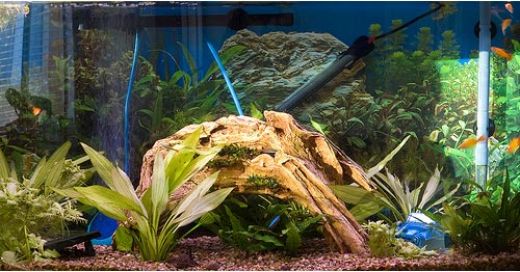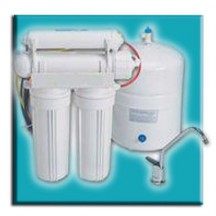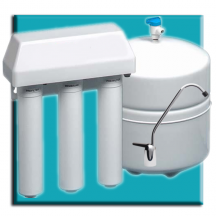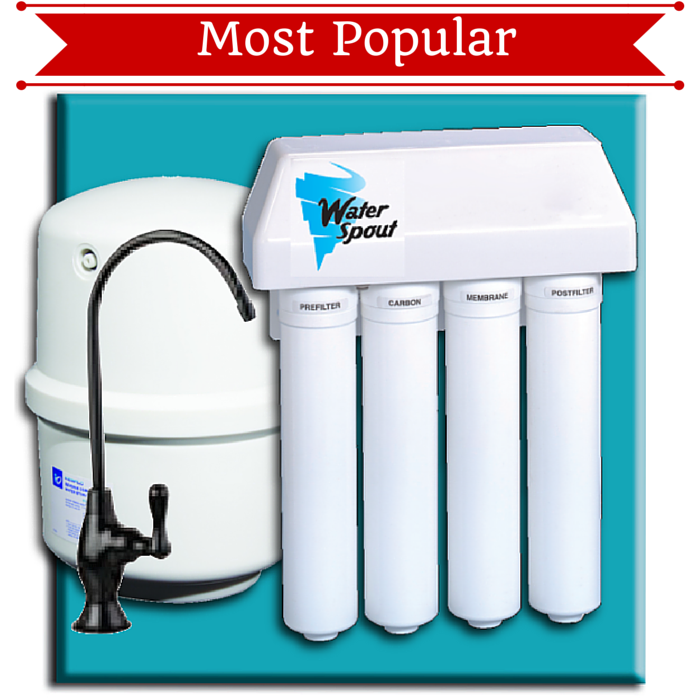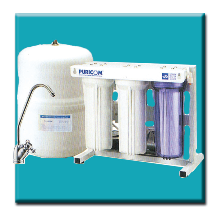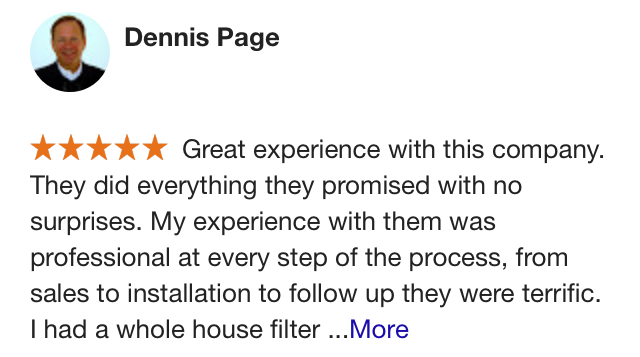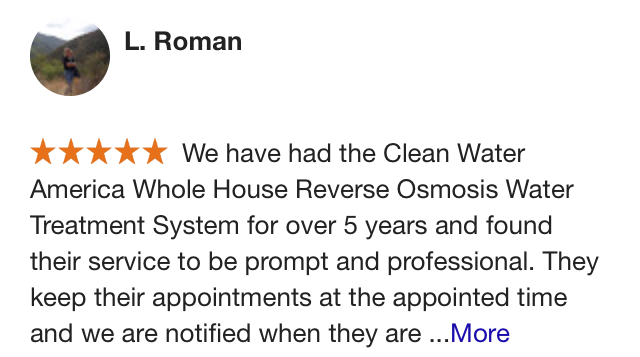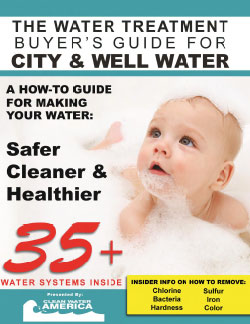4 Reverse Osmosis Water Filter OPTIONS TO CHOOSE FROM
Watch this video
to learn more about
Reverse Osmosis:
- How does it work
- What does it remove
- Why Reverse Osmosis
- What to expect
How Is Water Purified?
Purified water is a tremendous advance in water treatment technology and light years cleaner than filtered water. After the source water is filtered through activated carbon pre filters, it is forced at high pressure through a microscopic membrane, which rejects the maximum amount of contaminants present in the water.
The purified water is then stored in a holding tank until you need it. When purified water is called for it passes through a carbon post filter that can remineralize, polish, alkalize or deionize it, to deliver a delicious taste. This process is known as Reverse Osmosis and is commonly referred to as RO. It is as pure as distilled water but tastes much better, doesn't use electricity, heat up the kitchen or require cleaning except for its regular filter change maintenance.

What Do I Need To Know About The RO Membrane?
There are two types of RO membranes. The first type is called Cellulose Triacetate and is referred to as a CTA membrane. The CTA membrane has a smaller rejection rate, can only be used on Municipal City water, fouls easily and has to be replaced often. Any RO system sold with this type of membrane is outdated and inferior.
The second type is a Thin Film Composite and is referred to as a TFC membrane. The TFC membrane has the best rejection rate of contaminants and has become the industry standard for both RO sink systems as well as large Whole House RO systems. The common kitchen sink RO system uses a 50 gpd (gallons per day) TFC membrane. These line pressure membranes can produce as much as 150 gpd. This measurement simply explains the rate at which the RO tank can be refilled if the holding tank is emptied. Three gallons of RO water stored in the RO tank, can quickly be exhausted if a spaghetti pot, coffee pot, refrigerator ice maker and drinking water are all used at the same time.
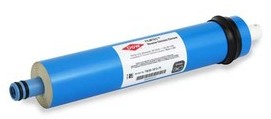
For a large family, or someone who cooks and entertains a great deal, a higher capacity membrane is needed to ensure the holding tank refills as fast as possible. A 100 gpd membrane will definitely refill the RO holding tank with purified water twice as fast as a 50 gpd membrane. A family with children involved in sports who needs water on hand at all times, will often install two holding tanks underneath the kitchen sink if there is adequate space.
What Does A Reverse Osmosis Purification System Remove?

Clean Water America's Reverse Osmosis Systems process water using a TFC membrane, which rejects a wide variety of impurities. The following chart is a partial list with their estimated rejection rates.
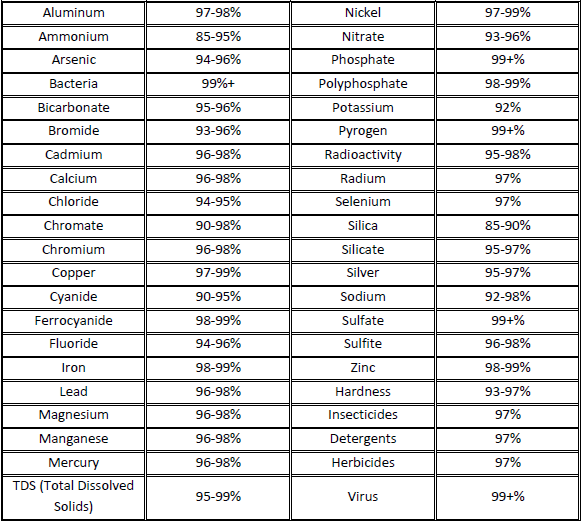
Where Is A POU Reverse Osmosis System Installed?
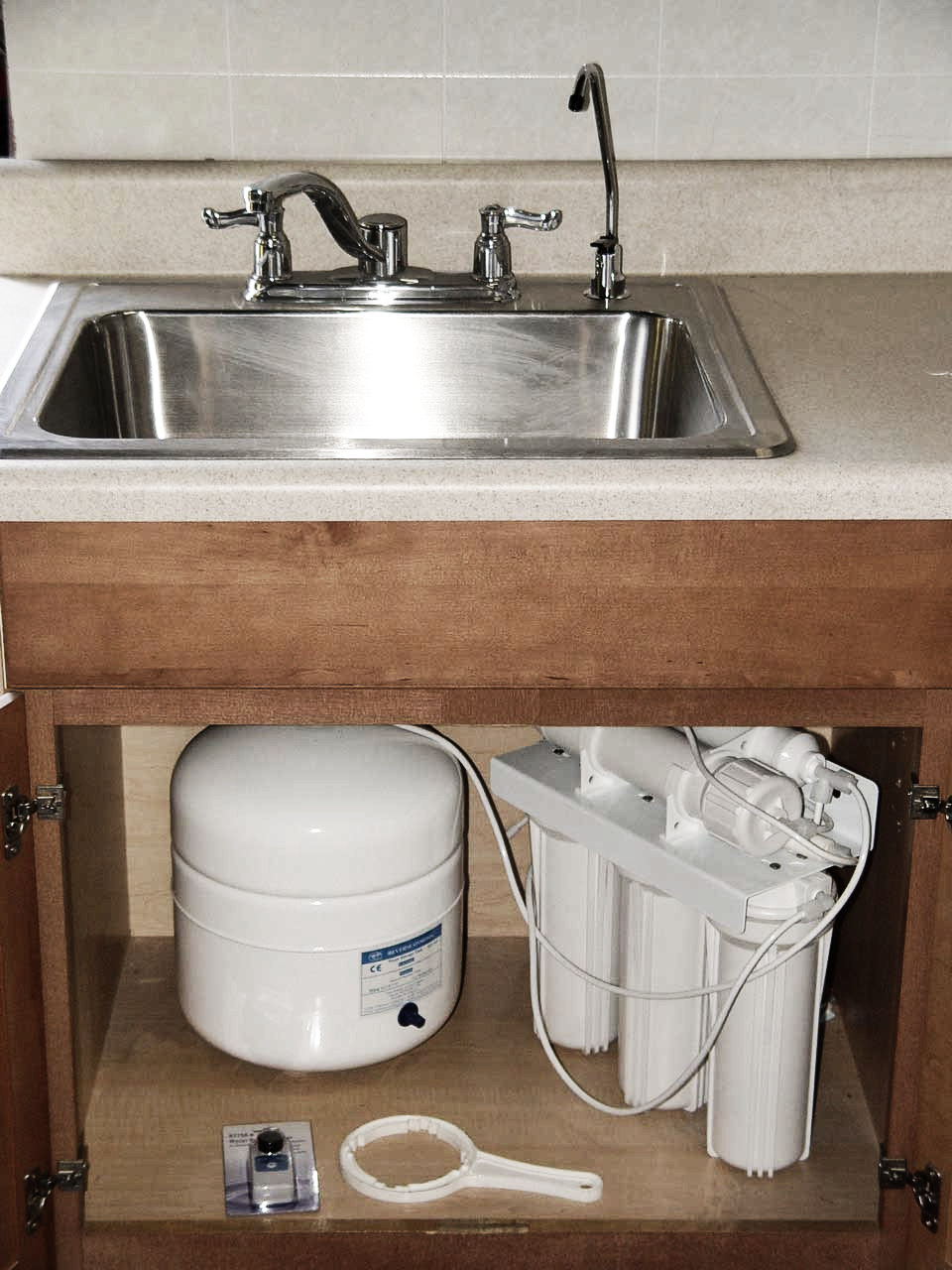
POU (Point of Use) RO (Reverse Osmosis) Systems are used for drinking and cooking, and are usually installed under the kitchen sink. A third faucet is installed at the sink’s countertop to dispense the purified water. If possible a RO can also be installed in a remote location, such as the garage or other kitchen cabinets. ROs can provide purified ice cubes if the refrigerator ice maker line originates from under the kitchen sink, as most do. Most kitchen RO systems work on water pressure, thus they do not require any electricity.
All RO sink systems come with standard faucets, however, designer faucets are available at Clean Water America's Water Stores.
Are There Countertop Reverse Osmosis Purification Systems?
There are many types of Countertop Reverse Osmosis Purification Systems. Some systems require electricity, some do not.
One type of Countertop RO Purification System is a portable “pour through” system suitable for traveling, dorm rooms, and small budgets. The purified water is housed in a carafe on one side of the unit, while the contaminated water is housed in another section of the system. The contaminated water needs to be periodically poured down the drain before more purified water can be processed. This system has a small booster pump, therefore it needs electricity but does not need a connection to the water supply. It is perfect for traveling and remote usage, much like a coffee maker.
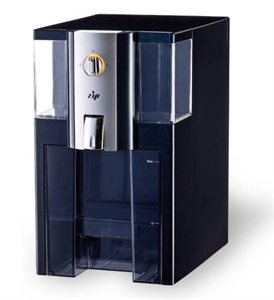
Another type of Countertop RO Purification System has a hose connection that attaches to the end of the kitchen faucet. Using only the cold water side of the faucet, a small slide through button is pushed on the RO hose connection to direct the cold sink water to the Countertop RO System. This system has its own pure water dispenser. It works off line pressure or has a booster pump (which needs 110v electricity), to increase production. The sink tap water is processed, purified, and dispensed into a glass or container. To turn off the system, simply push the button on the hose connection to redirect the water back to the kitchen sink and turn off the kitchen sink faucet. This system is portable but does depend on a commonly threaded faucet fixture for connection. Designer kitchen sink faucets usually do not work with Countertop RO’s faucets because the threaded faucet parts do not match. This system is well suited for condo owners, apartment dwellers and is perfect for the budget conscious consumers who prefer the taste of purified water.
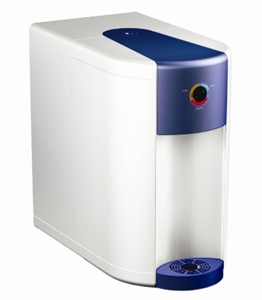
What Is The Maintenance On A POU Reverse Osmosis System?
The RO system requires that the Pre and Post Carbon Filters are changed every six months to a year for full time residents and less for part time residents. However, part time residents will need a special post filter to prevent stagnation in the system while they are absent.
The RO system's membrane is the heart of the RO system. It removes all the contaminants leaving the water absolutely purified. It is replaced every 2-4 years. Clean Water America's service department is available to change the filters and membrane for you, or you can purchase them at one of our stores and replace them yourself if you are the “handy man” type. They can also be shipped anywhere in the world.
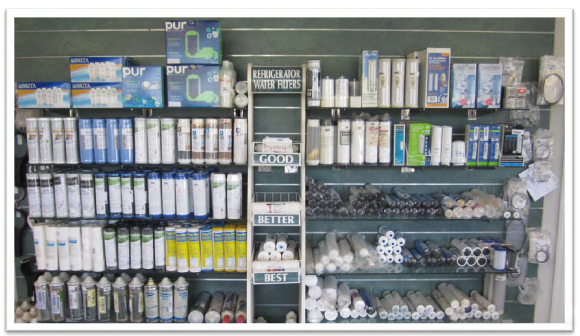
How Can I Remember To Change My RO Filters?
When you purchase equipment from Clean Water America, a reminder postcard is automatically sent to remind you when it is time to change the filters on your RO sink system.
What About Leaks Under The Kitchen Sink?
Although leaks are very rare with quality equipment and professional installation, they do sometimes happen. A separate leak detector is available to alert you about any sudden leaks. Anytime plumbing of any kind is involved, leaks can happen. Clean Water America’s top of the line Reverse Osmosis Purification Systems include a leak detector. After a system is installed, it is necessary to observe the installation location for at least the first 24-48 hours to detect any possible water leakage. This is a necessary precaution regardless of the company you purchase your equipment from.
What Perks Can I Expect From A RO System?

You will definitely enjoy the clean fresh taste of your drinking water and ice cubes with a Reverse Osmosis Water Purification System. You will also appreciate the enhanced aroma and flavor of food, coffee, juice, soup, tea and other drinks. Over time you may notice increased energy levels, better digestion, and an improved immune response. In the end, the reward will be safer and more delicious water for you and your loved ones, whether installed under the kitchen sink or throughout the home.
Watch this video
to learn more about
Drinking Water Systems
- Drinking Water
- Cooking
- Plants and Pets
- Clear Ice-Cubes
What Kind Of Water Should I Use In My Fish Aquarium?
Reverse Osmosis purified water is the safest water you can use in your aquarium. What a time saver to fill your fish tank from your own Reverse Osmosis system.
